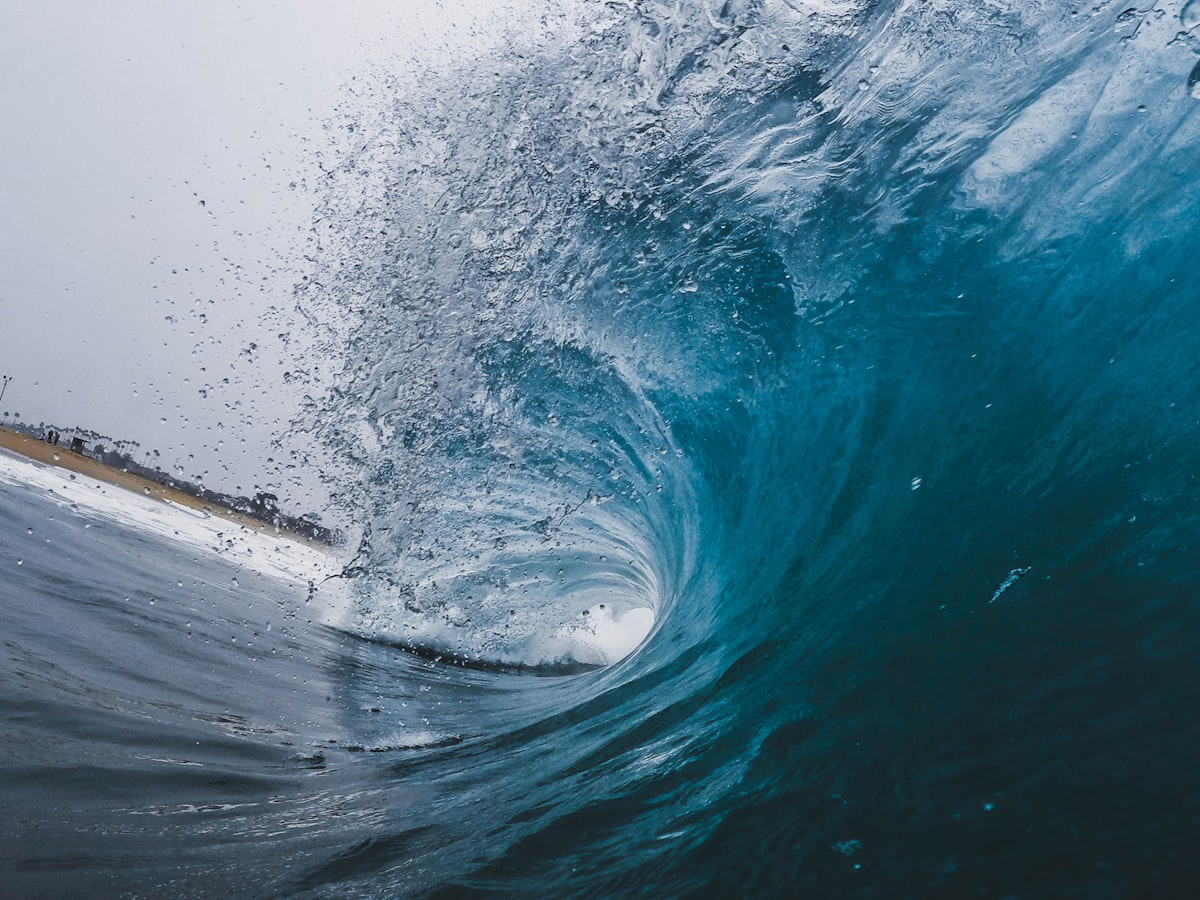Nazaré, the town of the world's largest waves
The phenomenon of giant waves is explained by a large submarine canyon, Nazaré Canyon, 230 km long and almost 5,000 km deep.

"If you combine the beaches of Hawaii, Mexico, and Miami with steroids, you'll get Nazaré," U.S. surfer Garret McNamara once said, referring to Portugal's famous spa, the star of extreme surfing. The 900 kilometers of the Portuguese coast, between the waves of Peniche and the windy beaches in Viana do Castelo, are a world reference in surfing. Particularly in the case of Nazaré, major international events such as the European championship Eurosurf Adaptive or the Nazaré competition in search of the "biggest wave in the world" helped in its positioning.
The day it became famous
100 kilometers from Lisbon, in the central region of Portugal, this village became famous in 2011, when the Hawaiian surfer Garret McNamara managed to surf a wave more than 20 meters high. "It was like finding the Holy Grail," McNamara said in an interview. After Garret's feat in 2011, the Guinness record for the highest wave was set by Brazilian Rodrigo Koxa in this town in 2017: he managed to ride a wave 24.38 meters high.
Brazilian surfer Maya Gabeira is also among the records for having surfed a wave of more than 20 meters in 2018. On the other hand, it is under discussion whether the Portuguese Hugo Vau surpassed that record in 2018: they say he surfed the Big Mama in the same locality, a wave higher than 30 meters. But since the images in the video are not clear and it is not easy to see him or measure the wave, for now officially the record has not changed.
This weekend began the "Nazaré Tow Challenge: The biggest wave in the world". Surfers - helped by jet skis that allow them to position themselves and catch the waves - will have to take the biggest waves possible, in a period that goes from November 1, 2019, to March 31, 2020.
Why?
The phenomenon of giant waves is explained by a large submarine canyon, Nazaré Canyon, 230 km long and almost 5,000 km deep, which stretches from the Berlangas Islands to Nazaré's Praia do Norte, ending abruptly before reaching the coast. This alters the movement of the sea and thus can unleash some waves that reach over 20 meters high to the delight of extreme surfers. It is not for everyone: it is known that to surf in these waters is imperative to study the movements with care because the waves are too high and unpredictable.
On the other hand, tourism also grew as surfers began to arrive here. Despite the increase in the movement of people, local traditions are maintained, such as drying fish on the beach, with an ancestral technique, which can be seen in Praia do Nazaré. Visitors looking to watch the show from the outside are usually located in the 17th century San Miguel Arcángel fort, which became the main observation post of the great waves of Praia do Norte. It also has an exhibition on surfboards.
Among other must-see sites, the Suberco viewpoint, in the Sítio neighborhood, which offers great panoramic views, and the Ermita de la Memoria and the Nossa Senhora da Nazaré Church.




